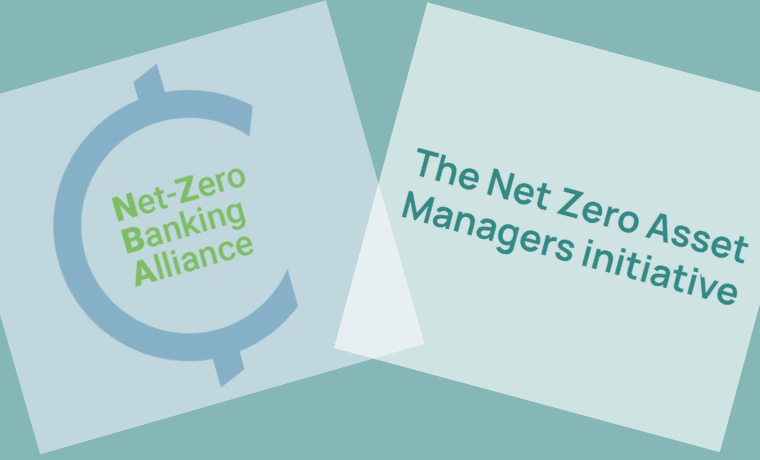The Revolution That Wasn’t: Exxon Doubles Down on Fossil Fuels Three Years After a Vaunted ‘ESG’ Proxy Fight

May 20, 2024
Exxon Mobil this month completed its $60 billion purchase of Pioneer Natural Resources, more than doubling its hydrocarbon production in Texas’s Permian Basin. In a little-noted irony, this month will also mark three years since Exxon lost the contested director vote that was hailed as history’s first successful environmental proxy fight.
In 2021, a small hedge fund with the unusual name Engine No. 1 spent $35 million to buy .002% of Exxon’s total shares outstanding and campaigned to add green energy experts to Exxon’s board of directors. When the dust settled, three Engine No. 1 candidates had won seats on the 12-member board.
Bloomberg’s straight news lead was that Engine No. 1 “promised to push the crude driller to diversify beyond oil and fight climate change.” Certainly, Engine No. 1’s triumph made it seem unlikely that Exxon’s CEO would achieve his dream of expanding oil and gas production in the Permian Basin, as the Dallas Morning News later noted. Time magazine honored Engine as one of its 100 Most Influential Companies of 2022, under the breathless heading: “The Climate Capitalists: Can Capitalism Save the Planet?” Jennifer Grancio, then Engine No. 1’s CEO, told Time that Exxon needed to be less “dependent on long-dated fossil-fuel projects,” and that the hedge fund was “always going to be aggressive on how we use our vote” on climate issues.”
Bloomberg columnist Matt Levine argued that Engine No. 1’s win was revolutionary, because it showed how environmental and social (E&S) stewards could place binding pressure on CEOs. “This is a big deal,” Levine concluded.
The hype and excitement were misplaced.
The price of oil spiked, and Exxon pumped up production. Engine No. 1 has made no “discernible difference in the way Exxon is addressing climate change,” Andrew Behar, the president of As You Sow, told the New York Times. Engine No. 1 disputed that assessment, but in a head-snapping interview, Chris James, the fund’s founder, told the Financial Times, “I never considered myself an activist investor.”
When Exxon unveiled its plan to buy Pioneer, the three Engine-appointed directors rolled over. “We need oil and gas in the short-term,” said a spokesman for the fund.
Exxon argues that, thanks to its technology, the deal will reduce methane leakage and flaring, with Pioneer’s Permian fields on a path to net zero greenhouse gas emissions by 2035. The fly in the ointment is that these figures are only for the “Scope 1 and 2” emissions, those generated by Exxon’s own drilling and energy use. What will skyrocket are the incomparably larger “Scope 3” emissions by Exxon’s end users. In barrels of oil equivalent per day, Exxon’s Permian production is rising from 500,000 at the time of the Engine No. 1 proxy fight, to 1.3 million today, to a projected 2 million in 2027. In hindsight, the only trend Engine No. 1 helped to start was the re-commitment of America’s largest drillers to invest their earnings in dirty energy, through Chevron and Occidental’s copycat acquisitions of Hess and CrownRock, respectively.
Adding insult to injury, Exxon has assumed the role of public tormentor to the E&S stewardship movement. In January it asked a Texas federal court to exclude from its ballot a proposal that it pick up the pace on reducing Scope 3 carbon emissions. The E&S activists promptly dropped their proposal, but Exxon is pressing the costly suit against them anyway. Exxon claims a “responsibility to fight back” against shareholders whose “extreme agenda” is “to stop climate change” rather than make a profit.
 Values-Based Investing
Values-Based Investing


